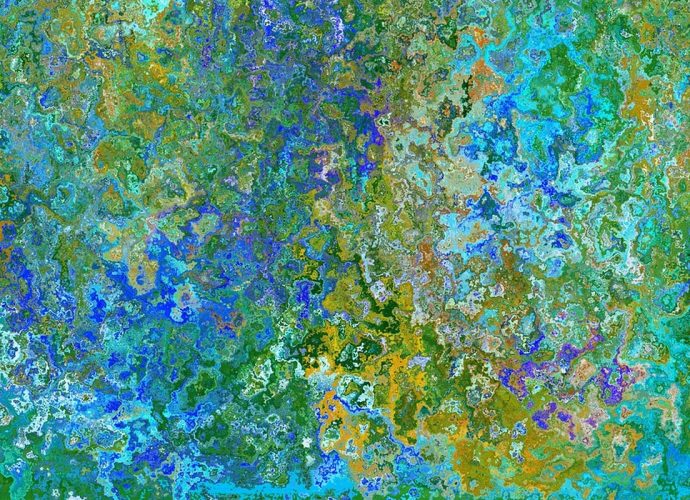Where Did The Metals On Earth Come From?
Gold is heavenly, in every sense of the word. Most people don’t know this but, while we mine for gold here on earth, all of the gold that’s deposited in our planet was formed during the explosions of stars and collisions of asteroids, and eventually found its way to earthRead More →









